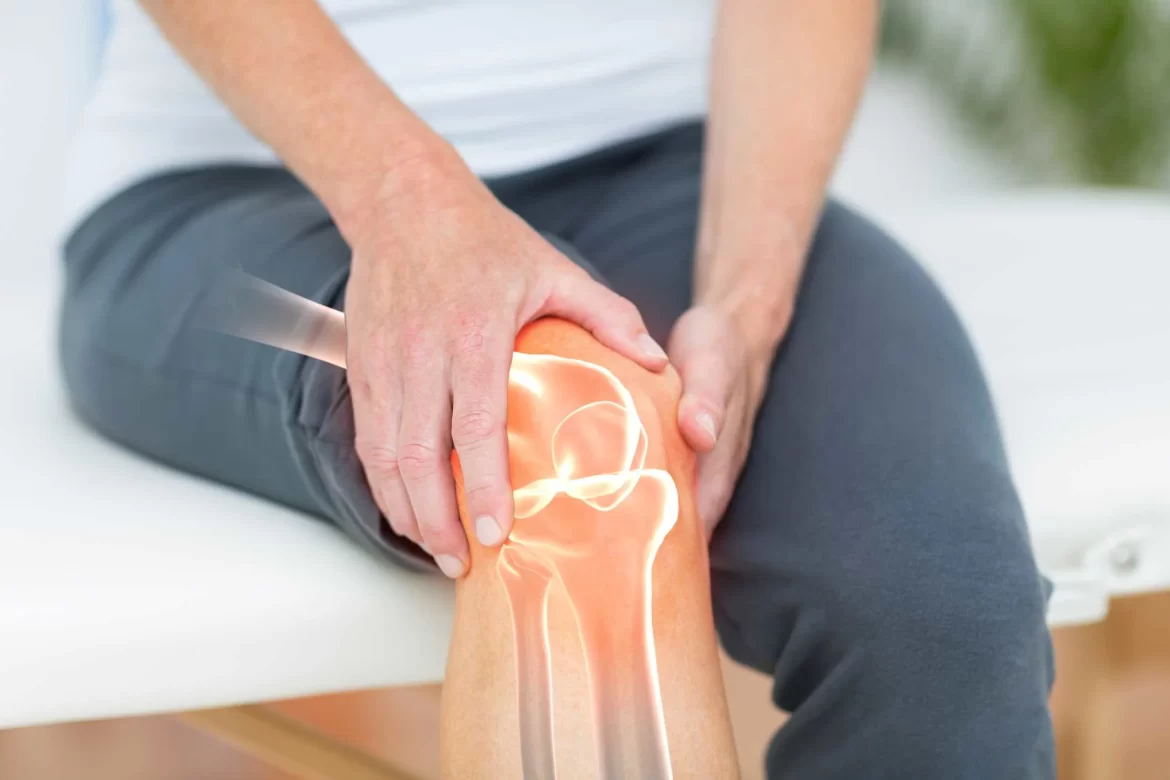DMARDs (disease-modifying antirheumatic drugs) are often used as an initial therapy for RA. These drugs reduce inflammation and stop the progression of the disease. Biologic agents are used as adjunct therapies or when DMARDs aren’t effective. Patients with RA may benefit from combinations of both types of medication. The type of treatment used will depend on the severity of the disease, how long it has been present, and the patient’s response to each type of medication. During early stages, a doctor may prescribe a combination of disease-modifying drugs and nonsteroidal anti-inflammatory medications, and a combination of both.
Diagnostic tests can also be helpful. X-rays provide images of internal organs and tissues. The doctor may also recommend a joint aspiration, which involves drawing a sample of fluid from a swollen joint. During this procedure, he or she will look for signs of gout or infection. In addition, an ultrasound or MRI can reveal inflammation or bone damage. These tests can help diagnose rheumatoid arthritis in patients.
Diet plays a role in reducing the severity of symptoms, although it may not be the sole cause. In general, people with RA should maintain a well-balanced diet without avoiding any specific foods. Keeping a diary of the foods eaten during disease flares can help determine if certain foods cause a flare-up. If so, avoiding them might improve symptoms. Inactive people also tend to lose joint motion and muscle strength. Lack of exercise decreases joint stability and increases fatigue.
The disease can be triggered by any number of external factors, including viruses, bacteria, physical stress, and emotional trauma. It is important to remember that not all joints with RA will experience the same changes. Some of the symptoms may come and go in a short period of time, but most RA patients will experience some form of joint pain. In the worst case, the disease may progress to the extent that a person cannot perform basic activities.
Physical therapy can help people with RA improve joint flexibility by modifying their daily activities. Exercise should be paired with rest to reduce inflammation and fatigue. Resting during RA flares helps the body to heal and maintain flexibility. Physical therapists can recommend specific exercises for patients with RA. If this is not possible, a rheumatologist can help patients choose the right exercises. Further, an occupational therapist can help people with the disease to manage the symptoms of the disease.
There is no known cause of rheumatoid arthritis. But many doctors believe that the condition can be triggered by an infection or a virus. Smoking is also thought to be a cause of RA. However, other factors may increase the risk of developing the disease. Inflammation causes the buildup of fluid in the joints. If left untreated, rheumatoid arthritis can cause serious damage to the skeletal system and other organs.




